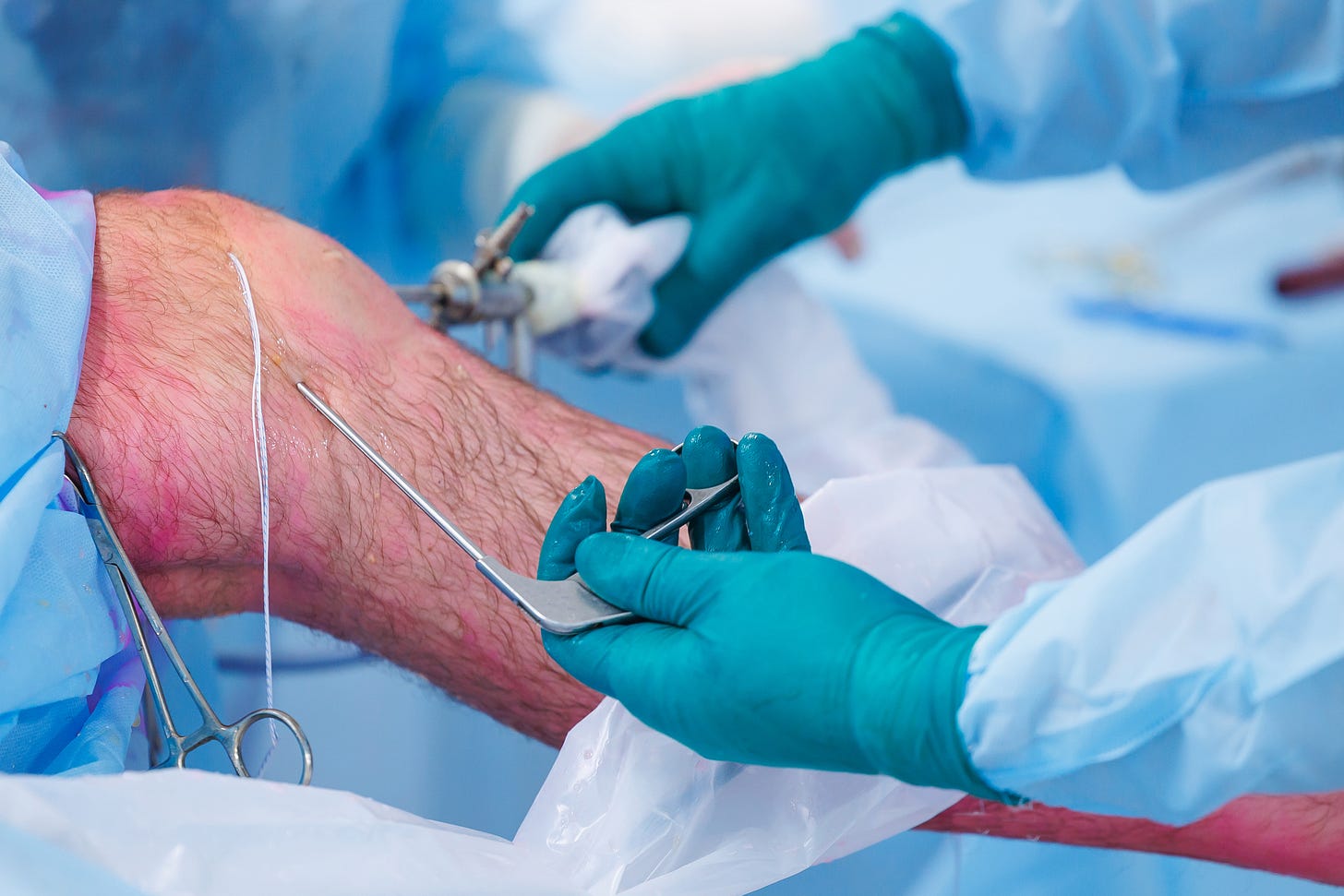Know How vs. Knowing That: Why I Turn Down the Radio When Finding an Unfamiliar Address
3-4 Minutes
Author: Robert J. McAuley, PhD and Julpohng “JP” Vilai, MD, FAAP
Purpose
To develop an understanding of the motor skill acquisition process and its relevance for clinician educators when teaching clinical skills.
Learning Objectives
1. Define procedural memory as it relates to learning motor skills;
2. Discuss practical examples of procedural memory; and
3. Discuss how knowledge of motor skills acquisition can inform clinical skills teaching.
How Do We Learn Motor Skills
Recall the difference between implicit and explicit memory from an earlier newsletter item Constructing Memories: explicit memories require intentional retrieval, while implicit memories are retrievable without conscious effort.(1) Here we consider the implicit nature of procedural memory.
Procedural memory or muscle memory contains motor skills. Motor skill learning refers to the increasing spatial and temporal accuracy of movement with practice.(2) With sufficient practice, tasks become implicit automated processes, and learners can tie a tie or drive a car without consciously focusing on each step.(3)
How Does Procedural Memory Work?
Due to procedural memory, an experienced driver may leave work and arrive home without remembering the specifics of the trip, such as when they changed lanes or what traffic lights they stopped at. The route home and the mundane tasks of controlling the car have become automated through repetition. The driver completed these tasks with minimal conscious effort and, thus, did not consolidate them into long-term memory. This phenomenon has been described as expertise-induced amnesia; expert athletes, for instance, often cannot describe the details of specific play or action because they act without reflection.(4) One study found that expert cricket batters confabulated strategies they did not employ.(5) The batters reported success because they kept their eye on the ball. Yet, eye-tracking studies show that expert batters spent less time looking at the ball because they were much better at predicting its path.
In the example of the experienced driver, automatization may break down by introducing a novel requirement, such as finding an unfamiliar address. Driving to an unfamiliar location requires the use of attentional resources. Attentional resources are limited; even experienced drivers in novel situations may try to limit their cognitive load by reducing distractions by turning down the car radio. For example, the secondary author is known to have poor directional sense. Driving home is an easy task needing little conscious effort; however, if asked to stop for something off the typical route, the attentional resources required frequently trigger the use of Google Maps.
What About Clinical Skills?
Clinical preceptors may stumble over explaining in words how to perform procedural skills; however, they can often demonstrate it with ease. This occurs due to skills becoming automated and part of muscle memory with increasing repetition. For example, the secondary author remembers struggling with learning how to tie a surgical knot during the surgery clerkship. No matter how many times the surgery resident described the steps and effortlessly demonstrated the skill, the author was unsuccessful. Only when reading about how to tie a knot and performing the skill multiple times did it finally sink in.
Clinical educators should be mindful of this phenomenon when teaching clinical skills. Learners may not be able to perform a procedure as verbally instructed; one may need to model it several times. As suggested in Practical Tips for Teaching Clinical Skills, Peyton’s four-step approach can be helpful for teaching simple clinical skills,(6) while Nicholls et al provide an approach to more complex skills.(7) A common denominator across these methods is to begin with a silent demonstration, then the educator and learner describe the steps while they are repeated by the educator.
Conclusions
Teaching and learning clinical skills can be complicated by a lack of appreciation for the role of procedural memory. Clinical educators should employ caution when teaching clinical skills as the experienced clinician has likely automated the process, which potentially leads to confusion for the learner and inability to complete the task as directed. Further, recall the example of the cricket batters, sometimes experts are unable to accurately articulate how they perform a task that has become automated for them. Recognizing this and using an approach involving repeated demonstration and practice can result in improved acquisition of clinical skills.■
References
(1) McAuley R. Constructing Memories. Precept Ideas and Insp for Clin Educators. Sept 6, 2023.
(2) Willingham DB. A neuropsychological theory of motor skill learning. Psychol Rev. 1998; 105(3):558–84. doi: 10.1037/0033-295X.105.3.558
(3) Tulving E, Donaldson W, eds. Organization of memory. Academic Press; 1972: 381–403.
(4) Bermúdez JP. Do we reflect while performing skillful actions? Automaticity, control, and the perils of distraction. Philos Psychol. 2017; 30(7):896–924. doi: 10.1080/09515089.2017.1325457
(5) Land MF, McLeod P. From eye movements to actions: how batsmen hit the ball. Nat Neurosci. 2000;3(12):1340-1345. doi:10.1038/81887
(6) Walker M, Peyton JWR. Teaching in theatre. In: Peyton JWR, ed. Teaching and learning in medical practice. Manticore Europe Limited; 1998: 171-80.
(7) Nicholls D, Sweet L, Muller A, Hyett J. Teaching psychomotor skills in the twenty-first century: Revisiting and reviewing instructional approaches through the lens of contemporary literature. Med Teach. 2016; 38(10):1056-63.



